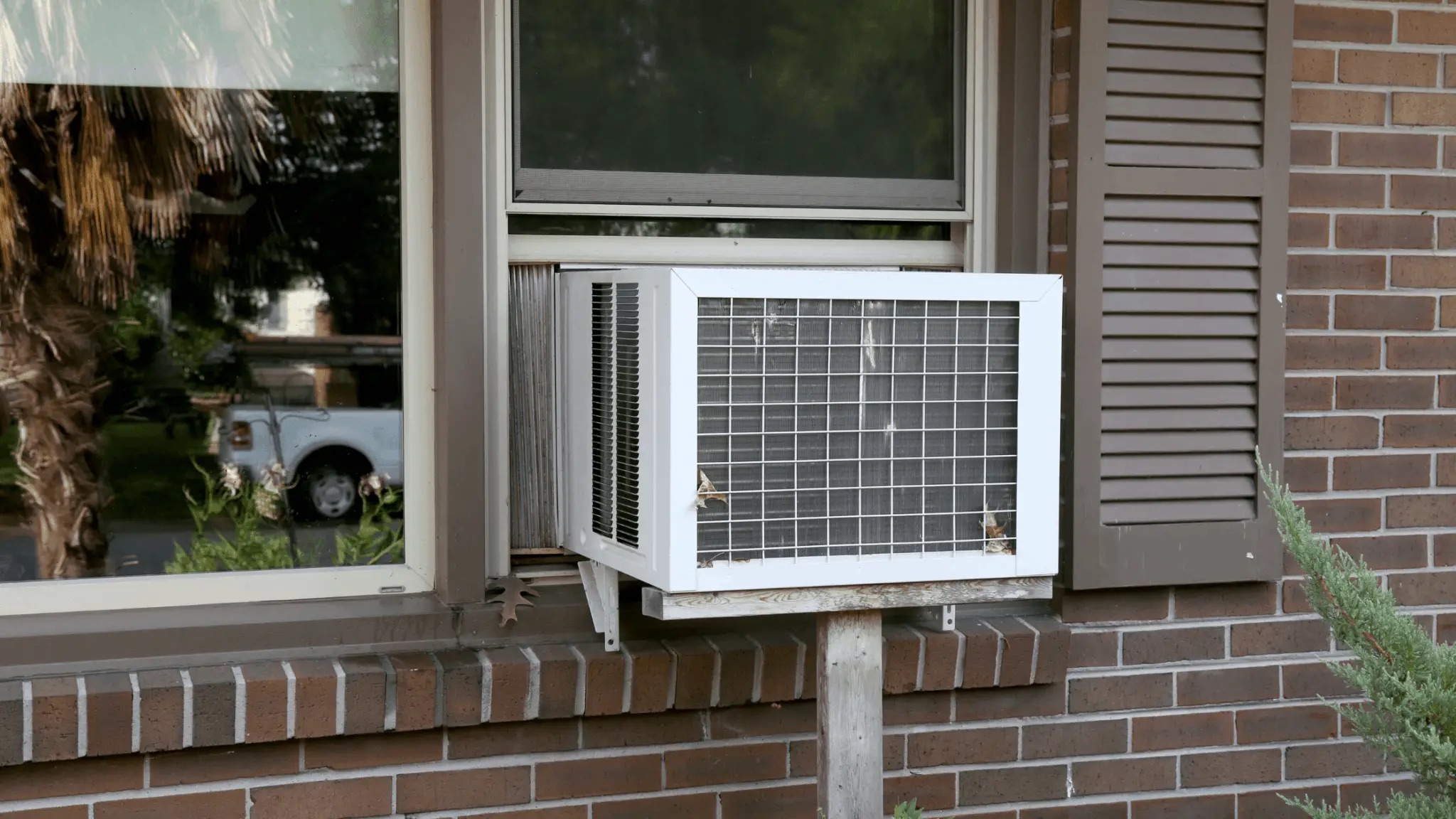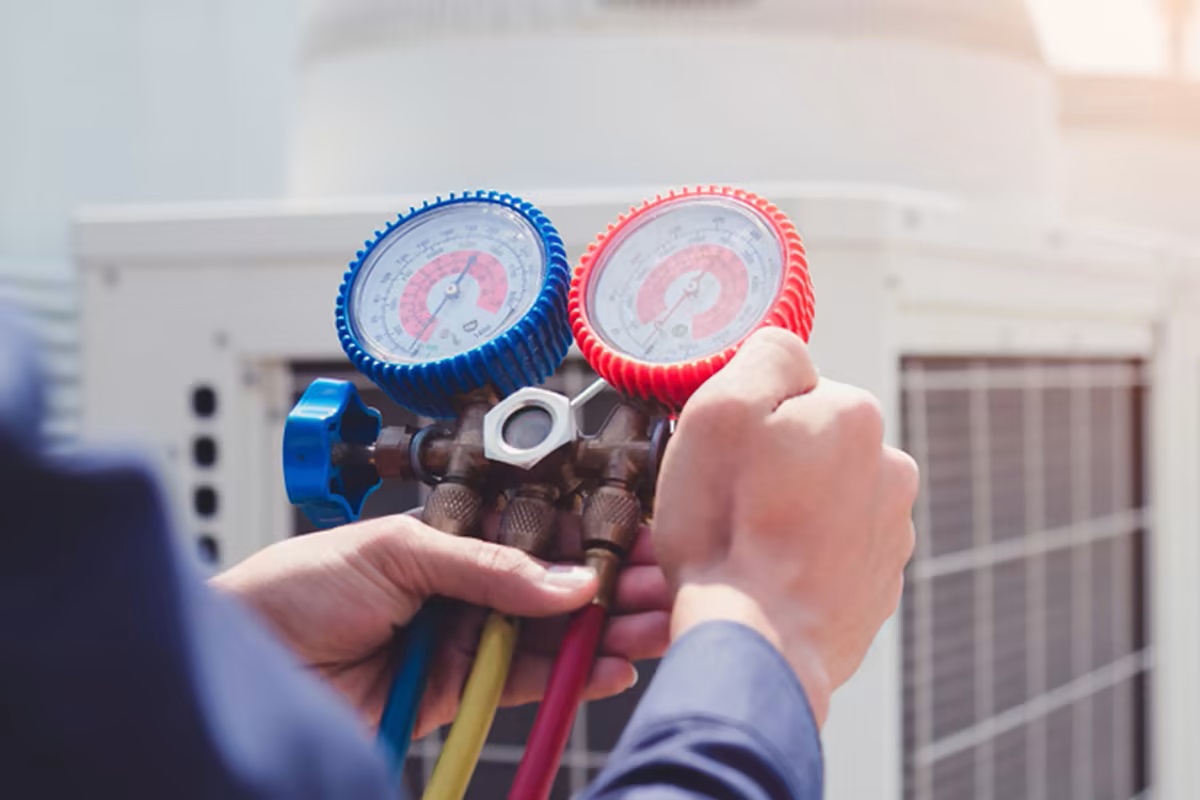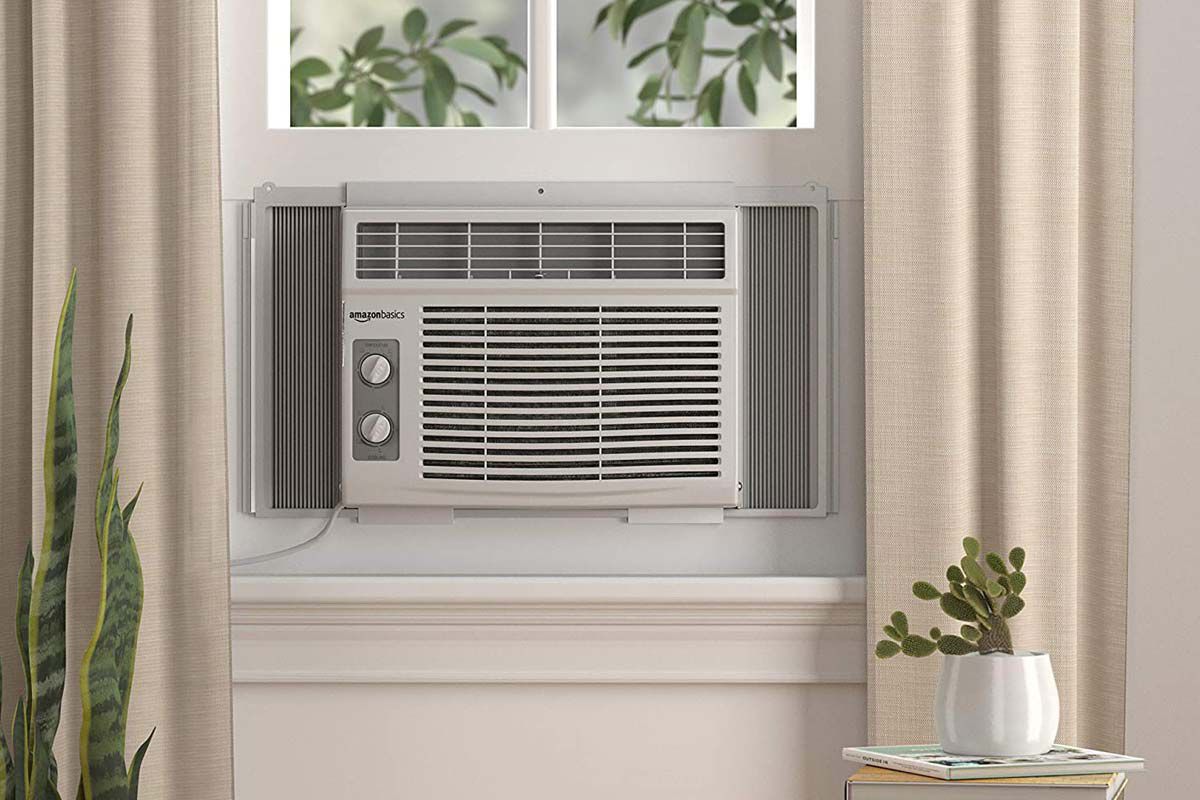

Articles
What Uses More Gas Windows Or AC
Modified: October 19, 2024
Discover the truth about what uses more gas: windows or AC. Read our informative articles to find out the best energy-saving tips.
(Many of the links in this article redirect to a specific reviewed product. Your purchase of these products through affiliate links helps to generate commission for Storables.com, at no extra cost. Learn more)
Introduction
As we navigate through the bustling streets or embark on a scenic road trip, the question of fuel efficiency often arises. It’s natural to ponder over the impact of various factors on our vehicle’s fuel consumption, with the use of windows and air conditioning (AC) being two prominent considerations. Both elements play a pivotal role in dictating the balance between comfort and fuel economy. In this article, we’ll delve into the intricacies of fuel consumption in relation to these factors, shedding light on which consumes more gas: open windows or the use of AC.
Understanding the dynamics of fuel consumption in different scenarios can empower drivers to make informed choices, ultimately contributing to a more efficient and sustainable driving experience. Let’s embark on this journey to unravel the mysteries surrounding the impact of windows and AC on fuel consumption.
Key Takeaways:
- Open windows at high speeds increase fuel consumption due to aerodynamic drag, but provide a unique driving experience and connection with the surroundings.
- Using the AC system increases fuel usage, especially in hot climates, but advancements in technology offer ways to balance comfort and fuel efficiency.
Read more: What Uses More Electricity Ac Or Fan
Understanding Fuel Consumption
Before delving into the specific impacts of windows and AC on fuel consumption, it’s essential to grasp the fundamental principles of fuel usage in vehicles. The energy required to power a vehicle is derived from the combustion of fuel within the engine, which propels the vehicle forward. This process involves a complex interplay of mechanical components and systems, all of which contribute to the overall fuel consumption.
Fuel consumption is influenced by a myriad of factors, including the vehicle’s weight, aerodynamics, engine efficiency, driving habits, and environmental conditions. The drag force acting on a vehicle due to air resistance is a significant determinant of fuel usage, especially at higher speeds. Moreover, the mechanical load on the engine, such as when climbing steep inclines, can substantially impact fuel efficiency.
It’s important to note that the vehicle’s air conditioning system and the position of the windows can also influence fuel consumption. Understanding these dynamics is crucial for drivers seeking to optimize their fuel efficiency without compromising on comfort.
Impact of Windows on Fuel Consumption
When it comes to the impact of open windows on fuel consumption, several factors come into play. While driving with the windows down can create a delightful sense of freedom and a connection with the surrounding environment, it can also introduce aerodynamic challenges that affect fuel efficiency.
At lower speeds, the impact of open windows on fuel consumption is relatively minimal. However, as the vehicle’s speed increases, the aerodynamic drag caused by the open windows becomes more pronounced. This drag force acts as a resistance to the vehicle’s forward motion, necessitating additional energy to maintain speed. Consequently, the engine must work harder to overcome this resistance, leading to increased fuel consumption.
Furthermore, the design of the vehicle and the specific configuration of the windows can influence the extent of aerodynamic drag. Modern vehicles are engineered with aerodynamics in mind, aiming to minimize resistance and enhance fuel efficiency. In this context, the shape and positioning of the windows can either mitigate or exacerbate the aerodynamic challenges posed by open windows.
It’s also worth considering the impact of open windows on driving comfort. While the natural ventilation can be refreshing, it may be less effective in hot or humid conditions, prompting drivers to rely on the air conditioning system to maintain a comfortable interior environment. This transition to AC usage due to discomfort from open windows can further impact fuel consumption.
Ultimately, the impact of open windows on fuel consumption is influenced by a combination of factors, including vehicle speed, aerodynamic design, and individual comfort preferences. By understanding these dynamics, drivers can make informed decisions regarding window usage to optimize fuel efficiency while balancing personal comfort.
Using your car’s air conditioning can reduce fuel efficiency by up to 25%, while driving with the windows down can decrease it by about 10%. To save gas, use the AC sparingly and keep windows closed at higher speeds.
Impact of AC on Fuel Consumption
The air conditioning (AC) system in a vehicle provides a welcome respite from sweltering heat and ensures a comfortable interior environment for passengers. However, the convenience of AC comes with a discernible impact on fuel consumption, prompting drivers to weigh the trade-offs between comfort and efficiency.
When the AC is engaged, the vehicle’s engine must divert a portion of its power output to drive the compressor responsible for cooling the interior air. This places an additional load on the engine, requiring more fuel to sustain the same level of propulsion. As a result, the use of AC leads to increased fuel consumption, particularly during city driving or in stop-and-go traffic where the engine operates at varying loads.
The impact of AC on fuel consumption is further compounded by external factors such as ambient temperature and humidity. In hotter climates, the AC system operates more frequently and for longer durations, intensifying its influence on fuel efficiency. Additionally, high humidity levels can necessitate lower cabin temperatures to achieve a comfortable ambiance, contributing to prolonged AC usage and heightened fuel consumption.
It’s important to note that advancements in automotive technology have led to more efficient AC systems, reducing the overall impact on fuel consumption compared to older designs. Furthermore, some modern vehicles feature eco-friendly modes for the AC, which optimize its operation to minimize fuel usage without compromising comfort to a significant extent.
Drivers can also adopt strategies to mitigate the impact of AC on fuel consumption, such as utilizing the system judiciously and leveraging alternative methods of cooling, such as natural ventilation when ambient conditions permit. By striking a balance between the use of AC and other cooling methods, drivers can optimize fuel efficiency without sacrificing comfort.
In essence, while the use of AC undoubtedly affects fuel consumption, its role in enhancing passenger comfort and well-being cannot be overlooked. By understanding the nuances of AC operation and its impact on fuel efficiency, drivers can make informed decisions to achieve a harmonious blend of comfort and economical driving.
Conclusion
As we’ve explored the impact of open windows and air conditioning (AC) on fuel consumption, it’s evident that both elements play a significant role in shaping the balance between driving comfort and efficiency. The decision to utilize open windows or engage the AC system involves a nuanced consideration of various factors, each with its distinct implications for fuel usage and passenger well-being.
Open windows introduce aerodynamic drag, particularly at higher speeds, necessitating increased energy expenditure to maintain forward motion. While this can impact fuel consumption, the natural ventilation and sense of connection with the surroundings contribute to a unique driving experience. Understanding the interplay between vehicle speed, aerodynamic design, and personal comfort preferences enables drivers to make informed choices regarding window usage, optimizing fuel efficiency without compromising on enjoyment.
On the other hand, the use of AC presents a trade-off between enhanced comfort and heightened fuel consumption. The operation of the AC system places an additional load on the engine, leading to increased fuel usage, especially in hot climates and high humidity conditions. However, advancements in AC technology and the adoption of eco-friendly modes offer opportunities to mitigate its impact on fuel efficiency, empowering drivers to strike a balance between comfort and economical driving.
Ultimately, the quest for optimal fuel efficiency while maintaining a comfortable driving environment is a dynamic and multifaceted endeavor. Drivers can leverage a combination of strategies, including mindful window usage, judicious AC operation, and alternative cooling methods, to achieve a harmonious blend of comfort and economical driving. By understanding the intricate dynamics of fuel consumption in relation to open windows and AC, drivers are empowered to make conscious choices that align with their preferences and environmental considerations.
Through this exploration, we’ve shed light on the complexities of fuel consumption in the context of open windows and AC usage, equipping drivers with insights to navigate the roads with a heightened sense of awareness and consideration for both their vehicles and the environment.
Frequently Asked Questions about What Uses More Gas Windows Or AC
Was this page helpful?
At Storables.com, we guarantee accurate and reliable information. Our content, validated by Expert Board Contributors, is crafted following stringent Editorial Policies. We're committed to providing you with well-researched, expert-backed insights for all your informational needs.
















0 thoughts on “What Uses More Gas Windows Or AC”